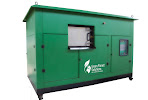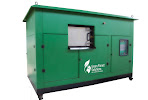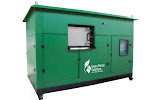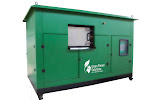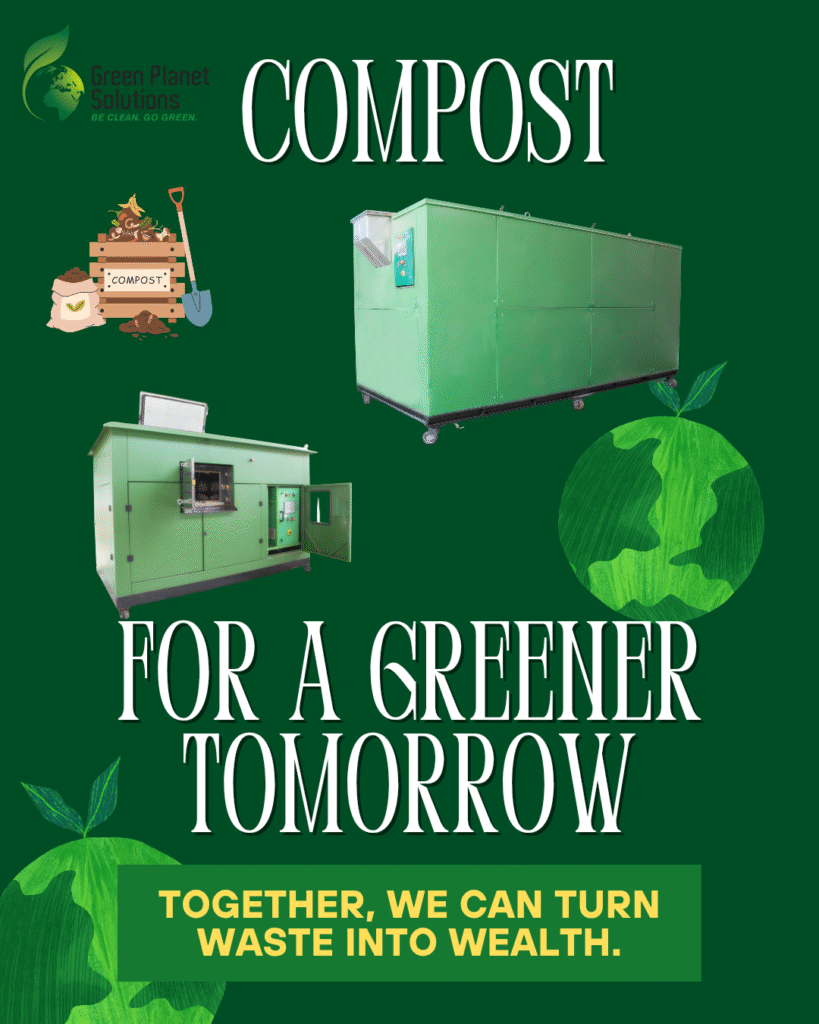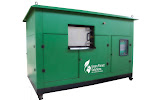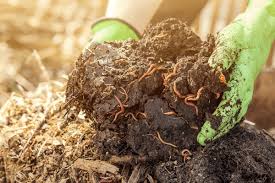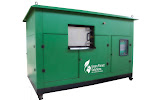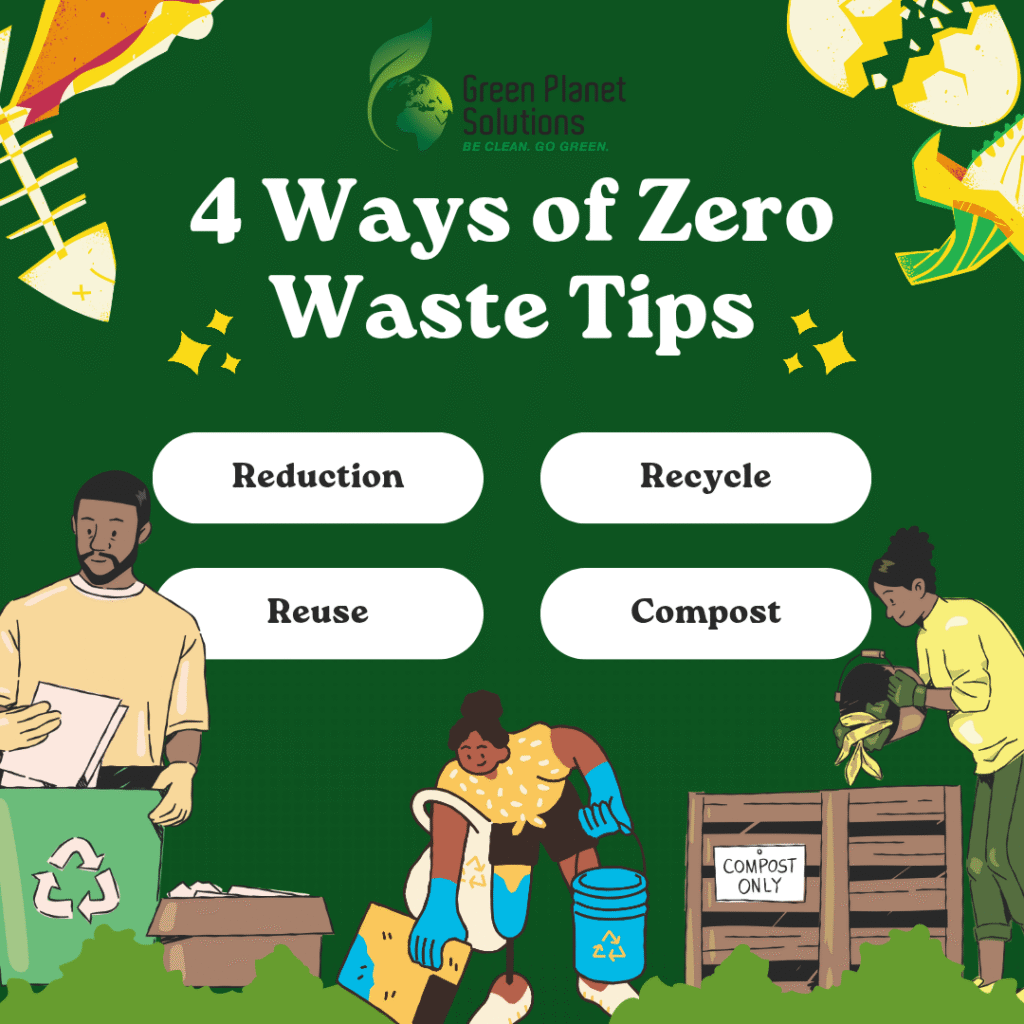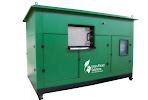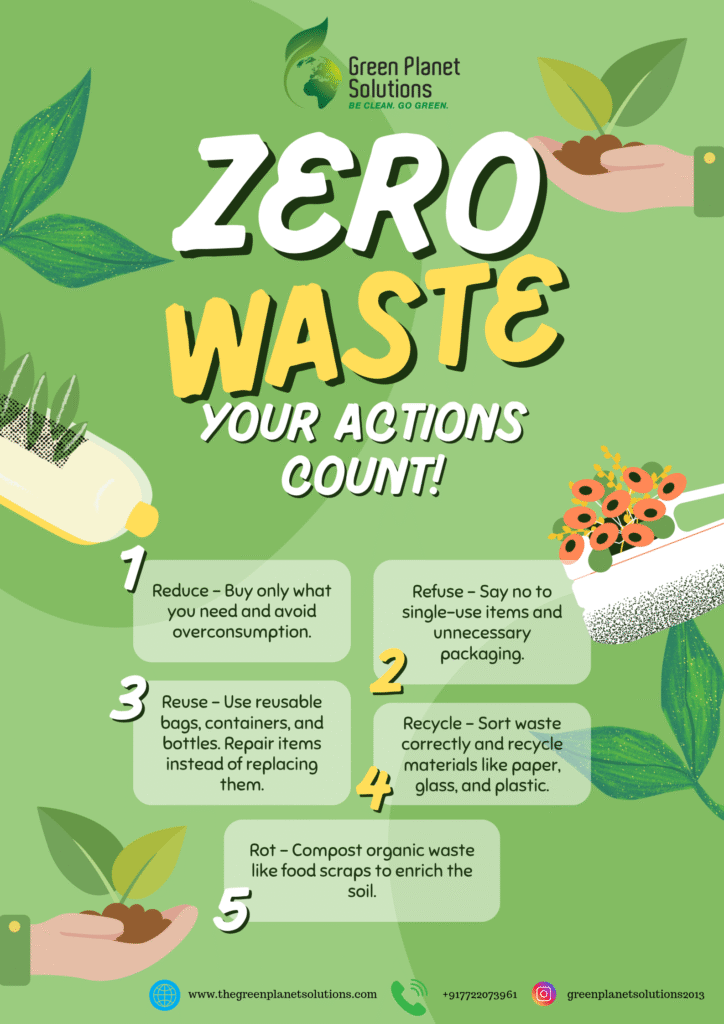ENQUIRE NOW FOR BEST COMPSOSTING MACHINES IN INDIA – https://share.hsforms.com/1d12AT_oJScm8iiXbjSrEIwrh2r7
Introduction: The UAE’s Shift Toward Green Tourism
Tourism is one of the UAE’s most powerful industries, attracting millions of visitors every year to its luxury hotels, fine dining, and world-class resorts. But behind the glamour lies a pressing challenge — food and organic waste management.
In 2025, as the UAE accelerates its Vision 2031 and Net Zero 2050 missions, Green Tourism is no longer a trend — it’s a national movement.
Hotels, resorts, and restaurants are now expected to operate sustainably, reduce waste, and show measurable action toward environmental responsibility.
At the heart of this transformation is one simple, powerful solution: Composting — the art and science of turning hotel waste into opportunity.
ENQUIRE NOW FOR BEST COMPSOSTING MACHINES IN INDIA – https://share.hsforms.com/1d12AT_oJScm8iiXbjSrEIwrh2r7
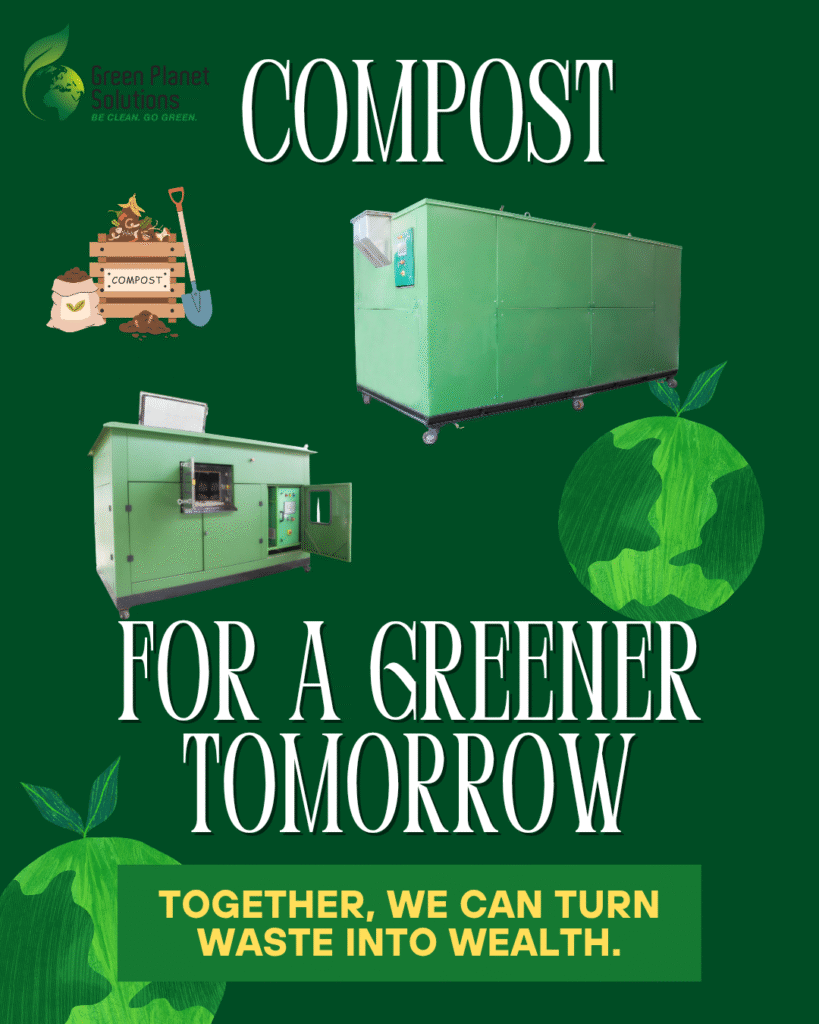
♻️ The Hidden Waste Crisis in UAE’s Hospitality Sector
The UAE’s hospitality industry generates thousands of tonnes of food waste every day. According to regional sustainability studies:
- Over 60% of hotel waste is organic and compostable.
- 80% of food waste ends up in landfills, releasing methane — a greenhouse gas 28x more harmful than CO₂.
- By 2030, the UAE aims to divert 75% of waste away from landfills under its National Waste Management Strategy.
This means hotels must act now — not just to comply with regulations, but to stay competitive in a green economy.
🌱 Composting: The Game-Changer for UAE Hotels
Composting is more than a waste management practice — it’s a sustainability statement.
It aligns perfectly with the UAE’s goals for circular economy, responsible consumption, and green innovation.
🌟 Here’s How Composting Creates Value for Hotels:
1. Reduce Disposal Costs
By composting on-site, hotels can cut their waste transportation and landfill costs by up to 60%, improving overall operational efficiency.
ENQUIRE NOW FOR BEST COMPSOSTING MACHINES IN INDIA – https://share.hsforms.com/1d12AT_oJScm8iiXbjSrEIwrh2r7
2. Enhance Brand Image
Modern travelers — especially millennials and global tourists — choose eco-friendly hotels. Composting gives your brand a visible green edge that drives guest loyalty and positive PR.
🟢 “Guests feel proud staying in hotels that truly care for the planet — not just on paper, but in practice.”
3. Meet ESG and Certification Standards
Composting helps hotels meet ESG goals and achieve Green Key, LEED, and ISO 14001 certifications — now essential for business credibility and global partnerships.
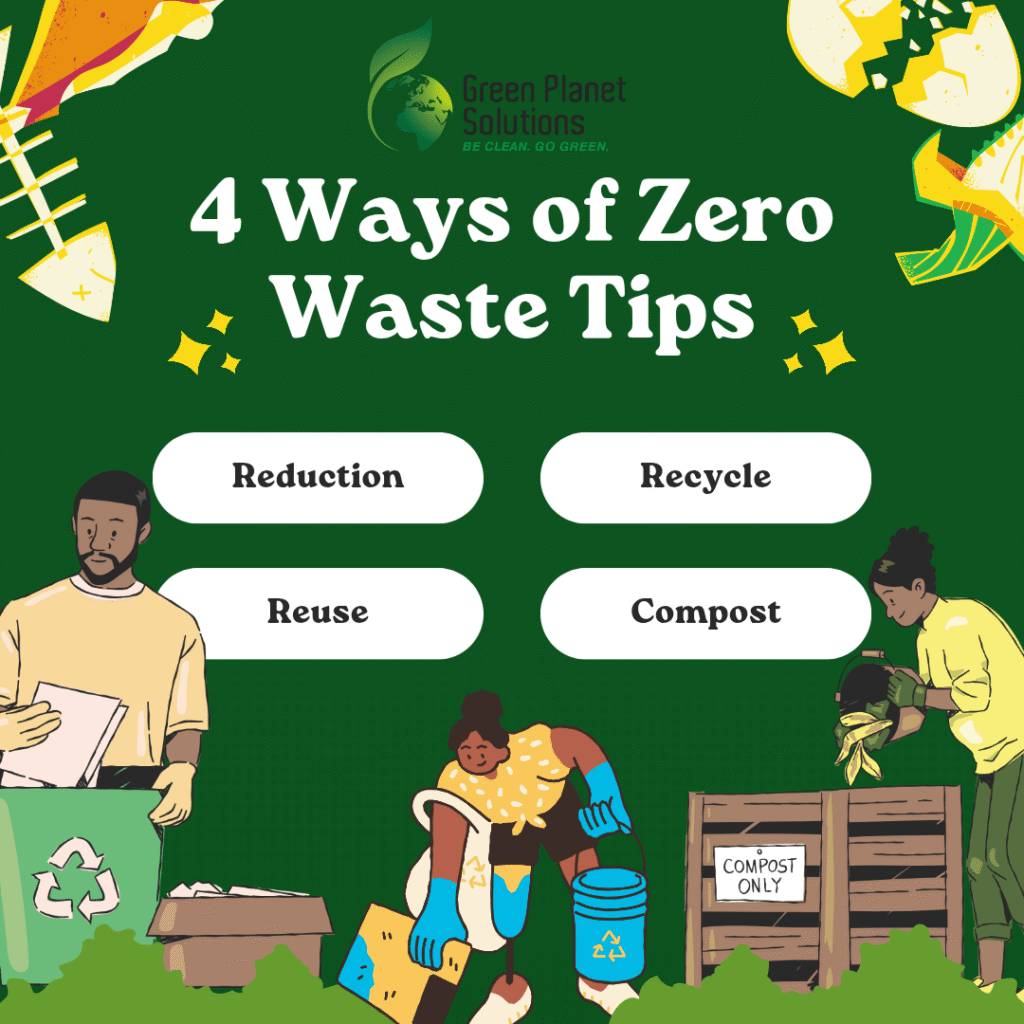
4. Create a Circular Food System
The compost produced can be used for hotel landscaping, rooftop gardens, and local farms, turning food waste into fertile soil — a true waste-to-resource transformation.
5. Support UAE’s Net Zero Goals
By diverting organic waste from landfills, composting directly supports UAE’s Net Zero 2050 and Sustainable Cities Vision, proving that hospitality can be both luxurious and responsible.
🏨 Green Planet Solutions Pune: Pioneering Smart Composting for UAE Hotels
At Green Planet Solutions Pune, we specialize in advanced composting technology tailored for the hospitality sector across the UAE — from Dubai and Abu Dhabi to Sharjah, Ras Al Khaimah, and Fujairah.
⚙️ Our Smart Composting Systems Offer:
- Fully Automatic Organic Waste Composters (10 kg to 2000 kg/day capacity)
- Odor-Free, Compact, and Energy-Efficient Machines
- 24-Hour Waste-to-Compost Processing
- IoT-Enabled Performance Monitoring
- Custom Solutions for Hotels, Resorts & Restaurants
Our systems are built for the UAE’s climate — efficient, low-maintenance, and ideal for both indoor and outdoor setups.
ENQUIRE NOW FOR BEST COMPSOSTING MACHINES IN INDIA – https://share.hsforms.com/1d12AT_oJScm8iiXbjSrEIwrh2r7
💼 Success Snapshot: Sustainability That Sells
“After installing Green Planet’s 200 kg composter, our resort cut waste disposal costs by 55% and now uses compost in our garden and beach landscaping. Guests love our ‘Zero-Waste Stay’ initiative.”
— General Manager, Luxury Resort – Dubai
This is how green initiatives become brand advantages — inspiring customers, staff, and investors alike.
🌾 From Waste to Wonder: How Composting Fuels Green Tourism
| Impact Area | Composting Benefit |
|---|---|
| Environmental | Reduces methane emissions, cuts landfill use |
| Economic | Lowers waste costs, creates local compost value |
| Social | Builds community awareness, supports local agriculture |
| Branding | Strengthens eco-friendly reputation |
| Compliance | Meets UAE Vision 2031 & Net Zero 2050 mandates |
| SEO Element | Details |
|---|---|
| Primary Keywords | composting UAE, green tourism UAE, hotel waste management UAE, Green Planet Solutions Pune |
| Secondary Keywords | sustainable hospitality UAE, eco-friendly hotels Dubai, composting machine UAE, zero waste UAE, organic waste solutions |
| Common Words | hotels, waste, compost, green, UAE, sustainability, tourism |
| Uncommon Words | circular economy, methane reduction, regenerative, ESG-driven, eco-tourism |
| Power Words | Revolution, Transform, Empower, Future-Ready, Game-Changer, Smart, Sustainable, Responsible |
| Emotional Words | Proud, Hope, Responsible, Inspire, Care, Positive Change |
| Estimated Rank Potential | Very High (UAE + sustainability keyword focus + hospitality niche) |
💬 Why Green Planet Solutions Pune Is the Partner You Need
We don’t just sell composting machines — we create sustainable ecosystems for hotels and cities.
From consultation and installation to maintenance and training, our team ensures seamless implementation with measurable environmental impact.
🌟 “Your waste isn’t a problem — it’s your next opportunity.”
Be part of the Green Tourism movement in the UAE.
Turn your hotel waste into a resource, enhance your brand reputation, and contribute to UAE’s Net Zero vision.
🌿 Partner with Green Planet Solutions Pune today — and let’s make sustainability your competitive advantage.
📧 Contact us for a free consultation or demo of our smart composting systems.
green tourism UAE, hotel waste composting, composting UAE, eco-friendly hotels Dubai, Green Planet Solutions Pune, zero waste hospitality UAE, sustainable tourism solutions
#GreenTourismUAE #CompostingUAE #GreenPlanetSolutions #SustainableHotels #ZeroWasteUAE #EcoFriendlyTourism #WasteToWealth #SmartComposting #NetZero2050 #CircularEconomyUAE
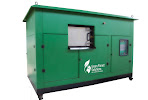
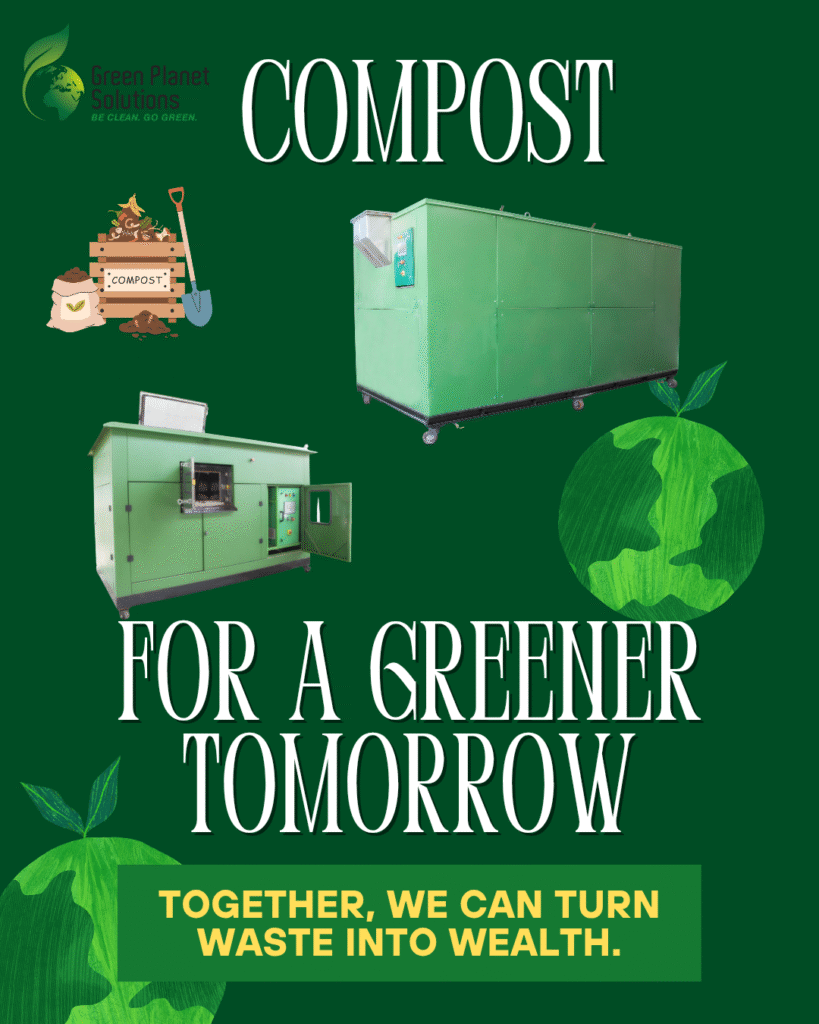
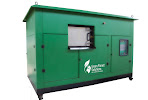
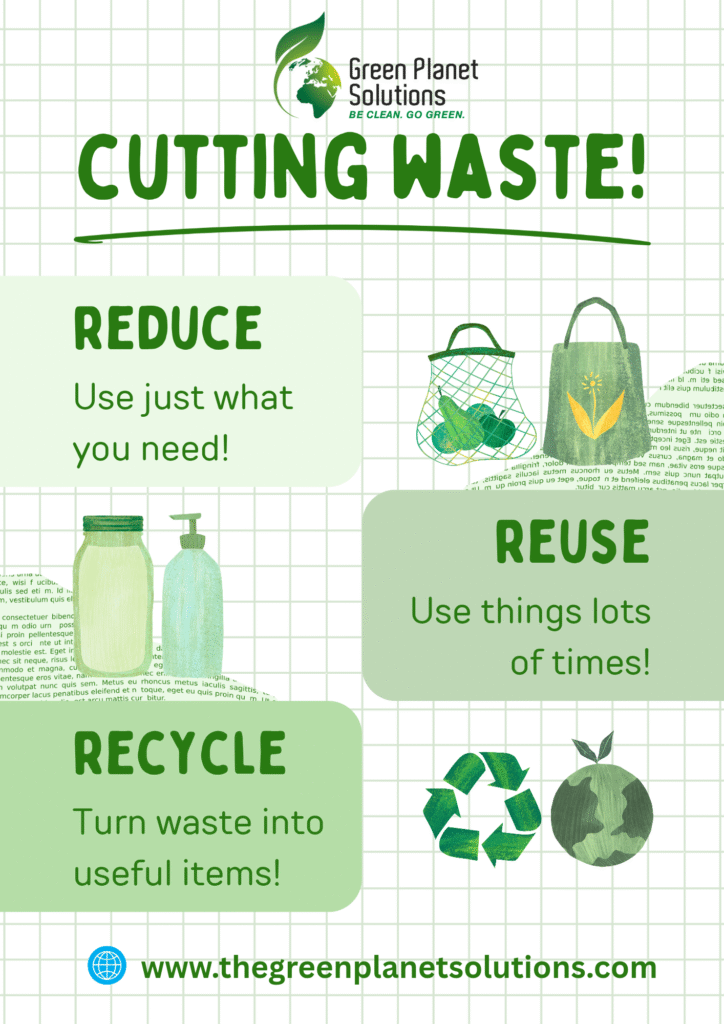

 – +917722073961
– +917722073961